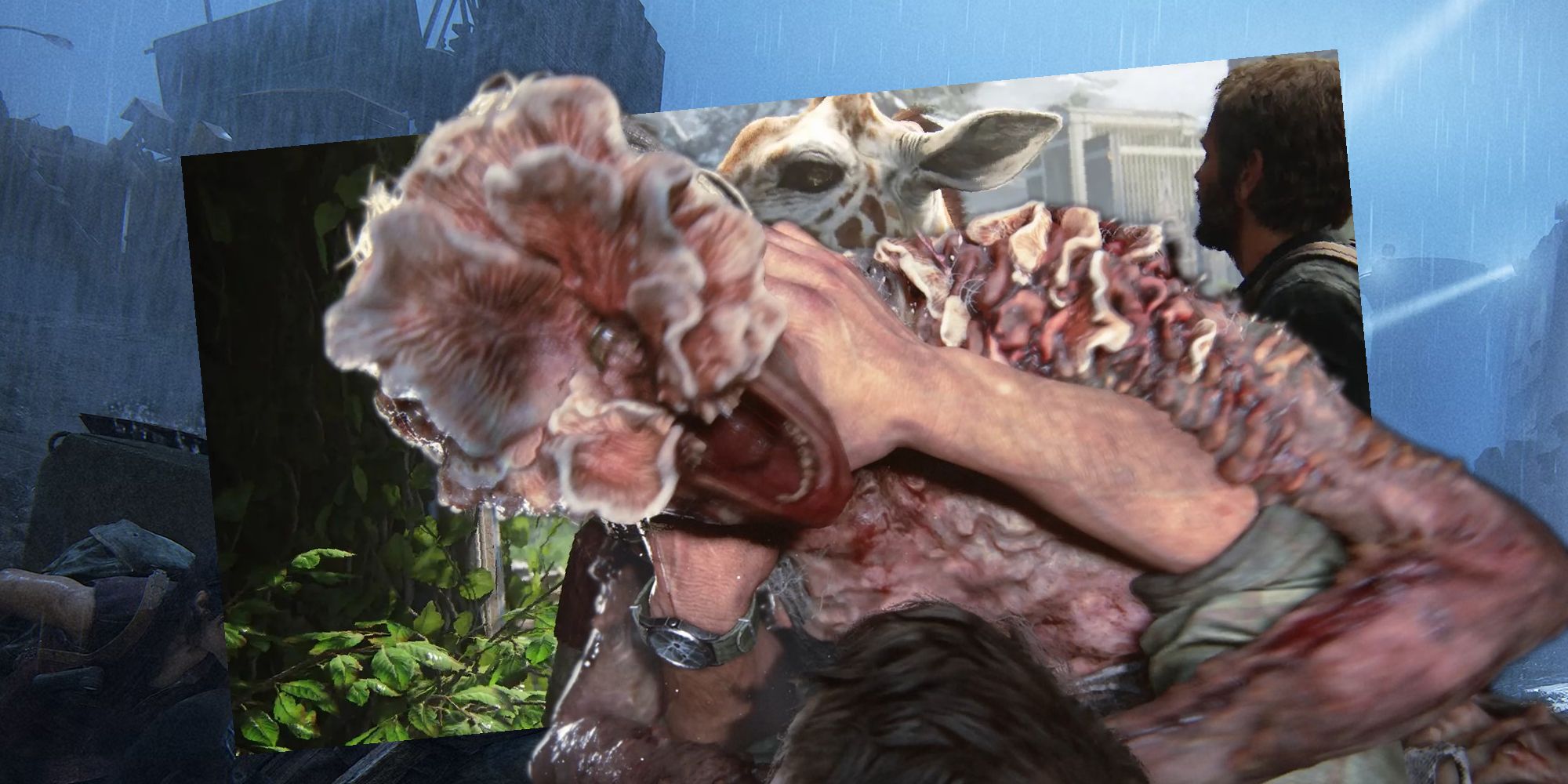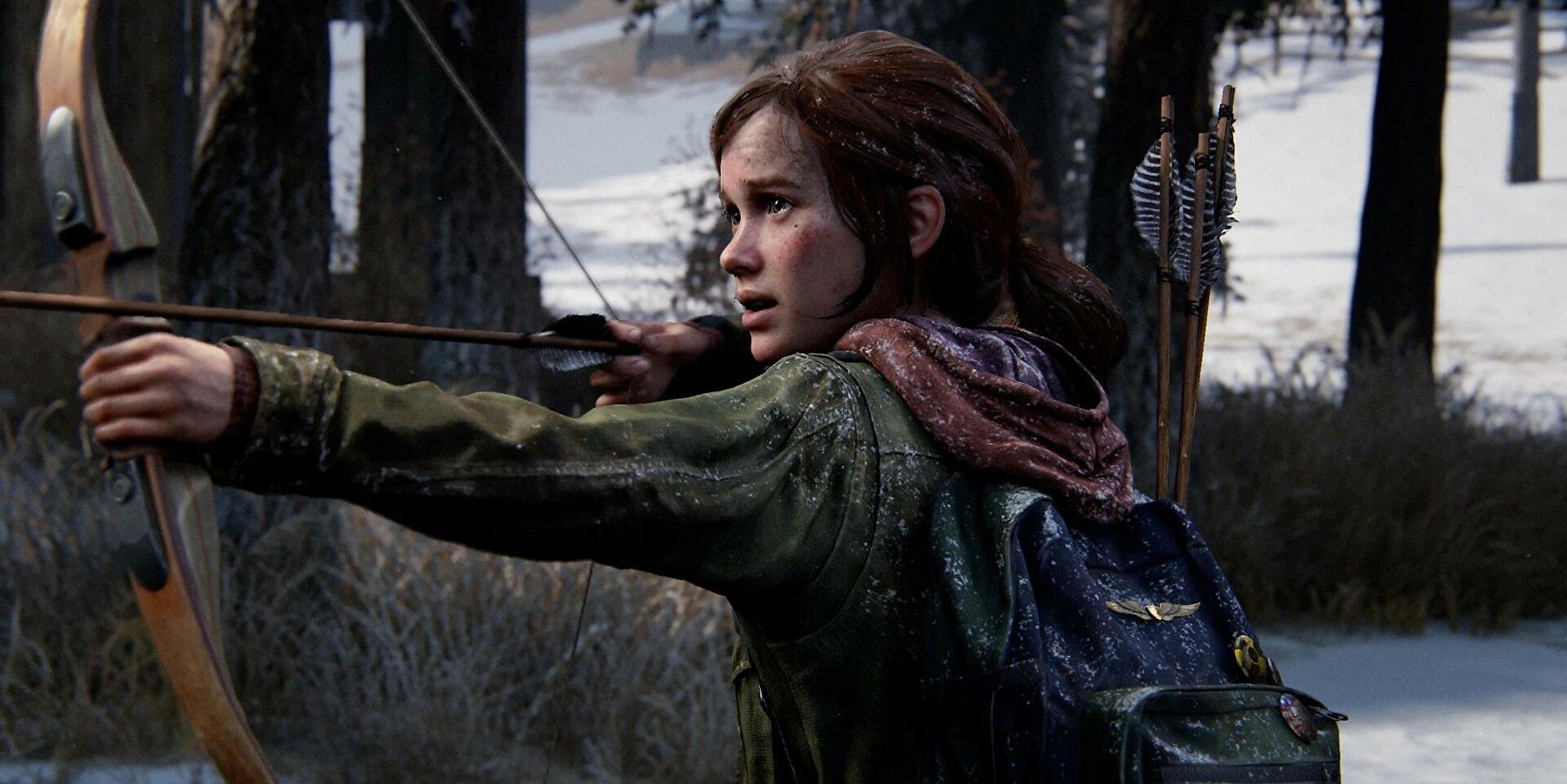The Last of Us Part 1 is excellent. I suppose we all expected as much from a modern revival of Naughty Dog’s finest hour, needless as its existence might be. Enhanced visuals and improved gameplay mechanics update a journey that had already stood the test of time, with all of these additional bells and whistles helping to make it feel much more immersive.
I’m having a ball with it, and if that makes me a massive hypocrite given my past criticisms, please lock me away in gamer jail and throw away the key. Combat is weightier, emotions are deeper, and the world is so much easier to lose yourself in. I keep finding myself standing in the middle of abandoned streets, admiring the overgrown foliage and looted storefronts, each with their own stories to tell. Joel and Ellie roam a world that was once filled with life, and now they have no choice but to pilfer the remains in search of temporary salvation.
These moments shine brighter than ever. Previously outdated textures and character expressions are brought to life with newfound fluidity, while familiar locales are given fresh relevance through additional environmental detail and item placement that makes logical sense within this desolate universe so closely tied to our own. Most changes are made for the better, but there is definitely an element of subtlety lost as a consequence of all this flair.
We all remember this game’s opening for its relentless heartbreak. We are introduced to characters and torn away from them only minutes later, forced to watch our protagonist as the apocalypse unfolds, and he loses the one thing that matters to him most in the world. The remake further cements this tragedy thanks to improved animations that ensure every line of dialogue drips with tragic intent. It’s marvelous, but also far busier, which means the unfolding desolation resembles a blockbuster film instead of humble rural destruction.
The streets are drenched in darkness as a car hurls itself into a nearby gas station, artificial light replaced by a flurry of crimson flames and overzealous explosions. We are guided by little more than our own panic, clinging onto slivers of coherence as the world around us begins to fall apart. The infected have been unleashed and all we can do is run. I can’t imagine how magnetic this opening is to those playing The Last of Us for the first time in 2022. It’s masterful, but for the rest of us, we can’t help but remember the more restrained origins and how this scene used to play out. It’s a bitter mixture of nostalgia and hubris.
It’s certainly more effective in this new form, but the quiet crawl of the apocalypse is replaced by an avalanche of shit hitting the fan that never lets up. We are only given time to breathe when the very last gasp of air escapes Sarah’s lungs, the opening credits providing us with a moment to prepare ourselves for the future we’re about to be thrust into. The Last of Us Part 1 hits harder than it ever did before, but it’s shoved in our faces instead of giving us enough freedom to embrace the ambiance on our own terms. Nowhere is this clearer than in Bill’s Town. A once sobering escape from heavily guarded quarantine zones drenched in harsh autumnal tones is now little more than another grey bastion of fractured hope. It’s still one of the game’s stronger sections, but part of me misses the melancholic warmth it once had.
Joel and Ellie’s relationship begins to mature at this point in the game. Comments about arcade machines and vinyl records result in small yet curious conversations, while pilfering through rotting apartments in spite of infected has the two caring for each other in ways that are undeniably human. We are given time to smell the decaying roses, and the early evening tones of the original experience helped express this momentary peace. The remake takes that away, abandoning a blorange aesthetic in favour of a more mundane approach to visual misery. I totally understand this direction, and it’s consistent with the rest of the game, but by striving for photorealism, it feels like Naughty Dog has left behind its poignant atmosphere.
While the level design remains unchanged, a few extra obstacles and objects have been placed to provide environments with extra detail and depth. Most of the time, this works, but as some players have already pointed out, once excellent visual telegraphing in the original game has been left behind in favour of excess. Everything must have more foliage, rubble, and detail, even if the initial design intentions are lost in the chaos.
You always encounter this problem with faithful remakes, since developers never know where the line is between staying true to what came before and accidentally stumbling into a cauldron of excess. The Last of Us Part 1 approaches this balancing act almost peerlessly, which makes its mistakes all the more noticeable. It doesn’t trip up very often but when it does, I couldn’t hide my disappointment.
Right now, I’m approaching the first act’s conclusion, and will soon leave behind the hostile streets of Pittsburgh as we venture into the countryside. Environments will become less busy and more intimate as a consequence, so I’m curious to see how Naughty Dog has decided to approach a part of the game where subtlety plays a more important role.
The Last of Us is a story that expects to read into the emotions of characters and stew on the apparent hopelessness of its world, but when a remake comes along that is touted as an unrivaled technical showcase, this initial focus is washed away alongside a subtlety that once brought the most vital parts of it all to life. That beauty remains, but now I have to peer through the fanciful graphics and over-the-top effects in order to appreciate it. Sorry everyone, I am officially a Bill Town’s hipster. Bring back the blorange.




